1930s Florida Folklife
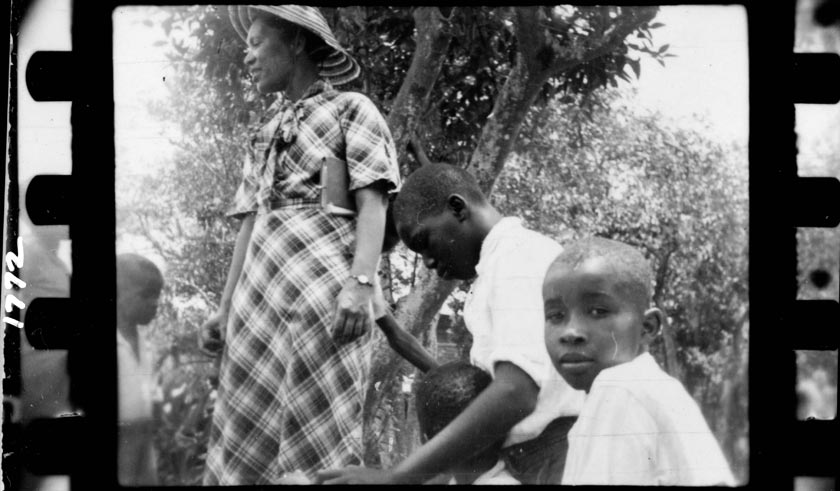
“The Sound of 1930s Florida Folk Life” (22:00 mp3):
Proposed Recording Expedition Into The Floridas
by Zora Neale Hurston
So far as material worthy of preservation by recordings, Florida stands out from the other forty-eight states culturally as it does geographically.
Area I.
Got my knap-sack on my back
My rifle on my shoulder
Kill me a nigger ‘fore Saturday Night
If I have to hunt Flordy over.
Sung by Waldo Wishart, Ocala, Florida
West Florida extends from the Perdido River on the west to Lake City on the east from the Alabama-Georgia State lines on the north to as far south as Gilchrist County on the south. This is the Florida so well known to Spanish-French-English-Indian fighting tradition. The material is plentiful. There are men and women still alive who know and can tell of the struggles of four different groups of people to control this area. There are the Creole songs and customs of Pensacola and surrounding area. There are the African-American Negro folk tales in abundance and the religious and secular songs in plenty. This is a sort of culture pocket that is not being drained off so rapidly as other sections of the State.
The reason for this is that this section of Florida is the cotton-corn-tobacco region. Here people live under the patriarchal agrarian system. The old rules of life hold here. Down on the Gulf Coast of this section are large fishing and oyster settlements with their songs and traditions. West Florida is very rich and little touched area. It is worth an expedition in itself. In addition to the purely cultural material to be found it is possible to make recordings that bear on the economic and sociological set-up of the area. The new is hurling itself, not so effectually against the old and the feudal life. The interviews should be particularly interesting. The shipyards and the like are the culture beds of other maritime folk creations. A serious study of blank verse in the form of traditional sermons and prayers.
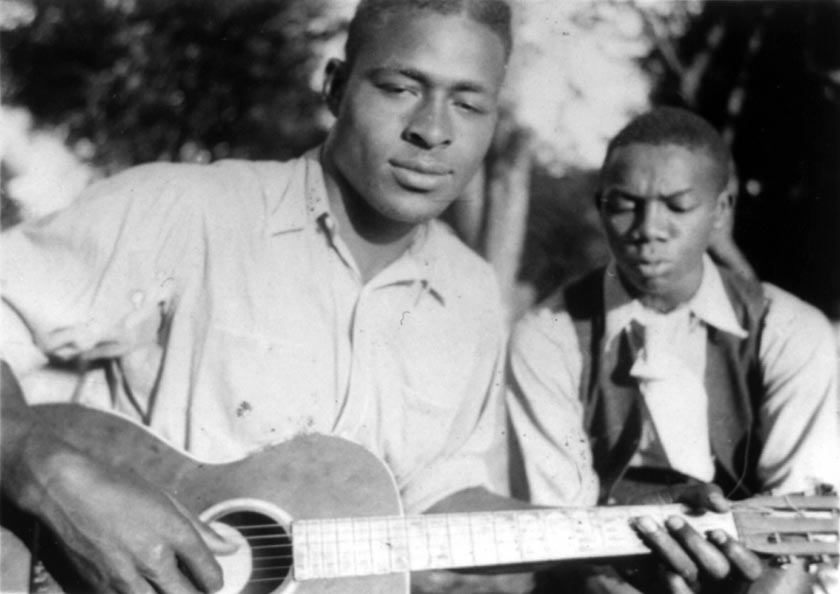
Area II.
De Cap’n cant read, de Cap’n cant write
How does he know that the time is right?
I asked my Cap’n what de time of day
He got mad and throwed his watch away.
Sung by Willie Joe Roberts, Jacksonville, Fla.

Ah Mobile! Hauh!
Ah in Alabama! Hauh!
Ah Fort Myers! Hauh!
Ah in Florida! Hauh!
Ah lets shake it! Hauh!Ah lets break it! Hauh!
Ah lets shake it! Hauh!
Ah just a hair! Hauh!
Sung by Fred James Watson, 1225 W. Duval St., Jacksonville, Florida
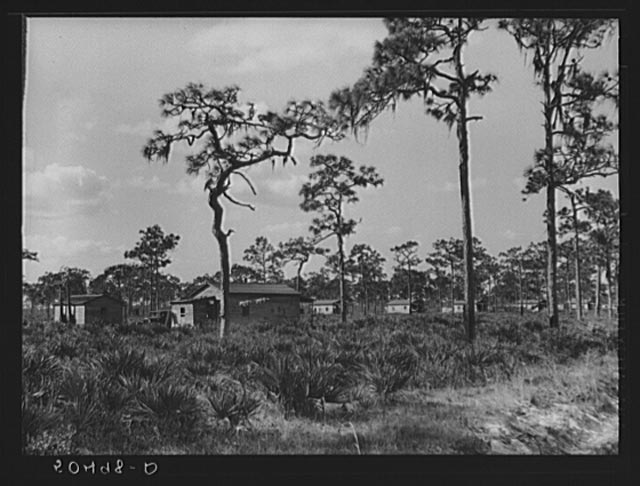
There are rivermen in this area who have plied the St. John’s River for more than one generation with their songs, stories and observations. Some have seen the last of the Indian fighters go. Look for the roots of traditional sermons and prayers.
Area III.
I got a woman, she shake like jelly all over
I got a woman she shake like jelly all over
Her hips so broad Lawd, Lawd her hips so broad.
Sung by Richard Jenkins, Mulberry, Fla.
And they found him, found him in between two mountains
And they found him, found him in between two mountains
With head hung down, Lawd, Lawd with head hung down.
Sung by Richard Jenkins, Mulberry, Fla.
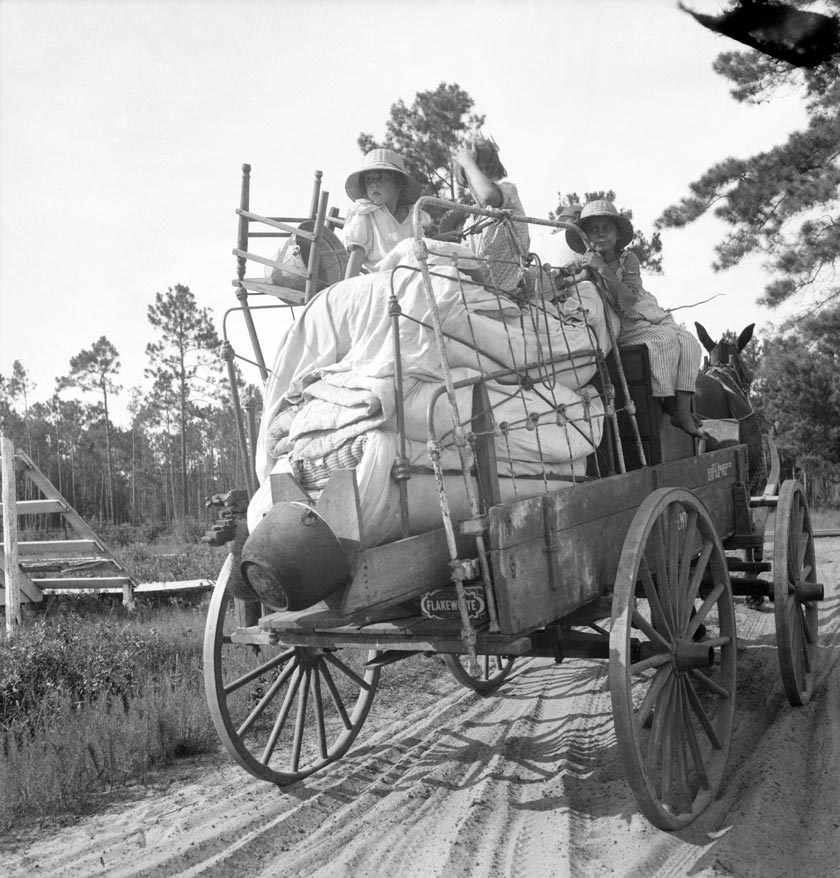
Area IV.
Evalina, Evalina you know the baby dont favor me, Eh,
Eh, you know the baby dont favor me.
Sung by Lias Strawn, Miami, Fla. Drummed by “Stew Beef”
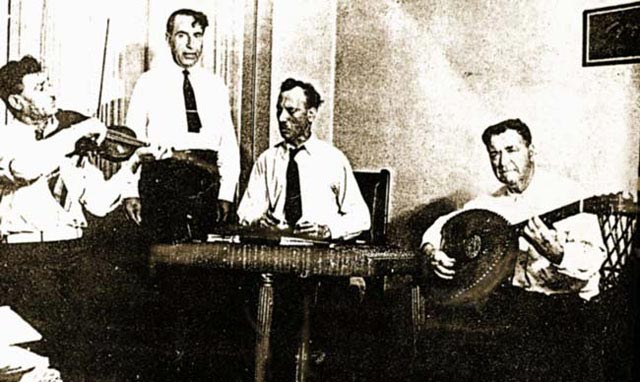

South Florida: This is theforiegn culture area of Florida.Thst isforiegn culture has not yet absorbed into thegeneral pattern of the locality, or just beginning to make its influence felt in American culture. Thisforiegn area reallyshould be designated asa collection of areas. The Sanctified Church is strong in this area with its rebirth of spiritual and anthem making.
- A. Tarpon Springs — A Greek sponge-fishing area with its Greek Orthodox ceremonies and other folk songs and customs.
- B. Tampa — With the largest Latin colony in the United States. Here the Cuban songs, dances and folk ways color the soil and flavor the air.
- C. Miami — A polyglot of Caribbean and South American cultures.
-
- 1. More than 30,000 Bahamans with their songs, dances and stories, and instrumentation.
- 2. Haitian songs, dances, instrumentation and celebrations.
- 3. American Negro songs, games and dances.
- 4. American white songs and stories.
- 5. African songs, dances and instrumentation. There is a pure African colony there.
- D. Everglades — Raw, teeming life of the frontiers and mining or construction camp type. A hot mixture of all the types of material of the area. Worth the whole trip alone. The life histories, Social, Ethnic studies would be rare and vital.
- E. Key West to Palm Beach – Bahaman and Cuban elements in abundance. Also the Conch settlement at Riviera. All new to study and worth a great deal of investigation.
SUMMARY: There is no State in the Union with as much to record in a musical, folk lore, Social-Ethnic way as Florida has. To be sure California has the Chinese, Japanese, Philipino population which Florida lacks, but these Asiatic cultures seem so far from our own that they do not enter the stream of American culture at all. No other State in the Union has had the history of races blended and contending. Nowhere else is there such a variety of materials. Florida is still a frontier with its varying elements still unassimilated. There is still an opportunity to observe the wombs of folk culture still heavy with life. Recordings in Florida will be like backtracking a large part of the United States, Europe and Africa for these elements have been attracted here and brought a gift to Florida culture each in its own way. The drums throb: Africa by way of Cuba; Africa by way of the British West Indies; Africa by way of Haiti and Martinque; Africa by way of Central and South America. Old Spain speaks through many interpreters. Old England speaks through black, white and intermediate lips. Florida, the inner melting pot of the great melting pot — America.
(Sanctified Anthem)
O Lord, O Lord
Let the words of my mouth, O Lord
Let the words of my mouth, meditations of my heart
Be accepted in Thy sight, O Lord.
Sung by Mrs. Orrie Jones, Palm Beach, Florida
Respectfully submitted
Zora Neale Hurston

Sources / Credits
- Florida Folklife from the WPA Collections from the American Folklife Center of the Library of Congress.
- “ Florida Treasure Hunt, “an essay by recording expedition leader Stetson Kennedy.
- The American Folklife Center was created in 1976, and incorporates the Archive of Folk Culture, established by the Library of Congress in 1928 as a repository for American folk music.
- Funding for this radio/web presentation came from the Florida Humanities Council, Corporation for Public Broadcasting, National Endowment for the Arts, and the American Folklife Center Parsons Fund.
More Zora Portraits



